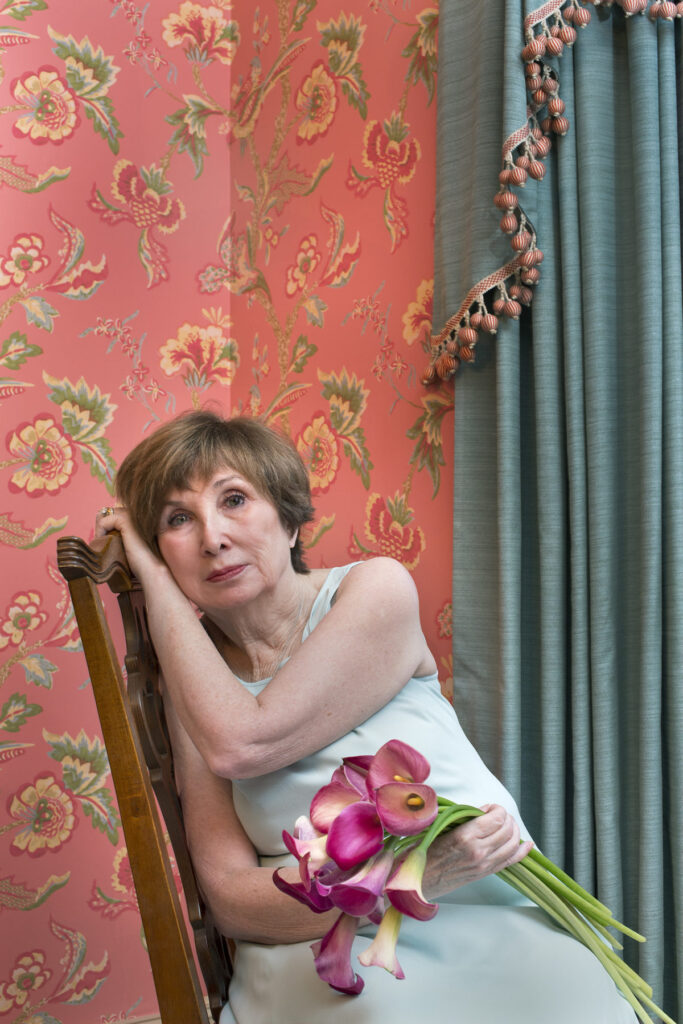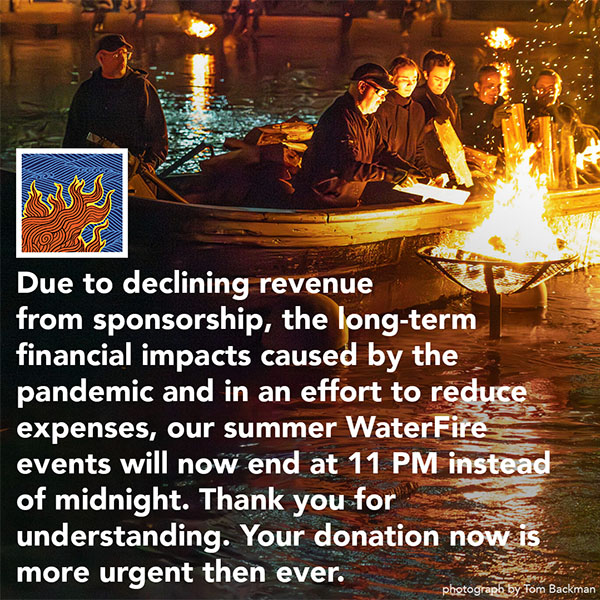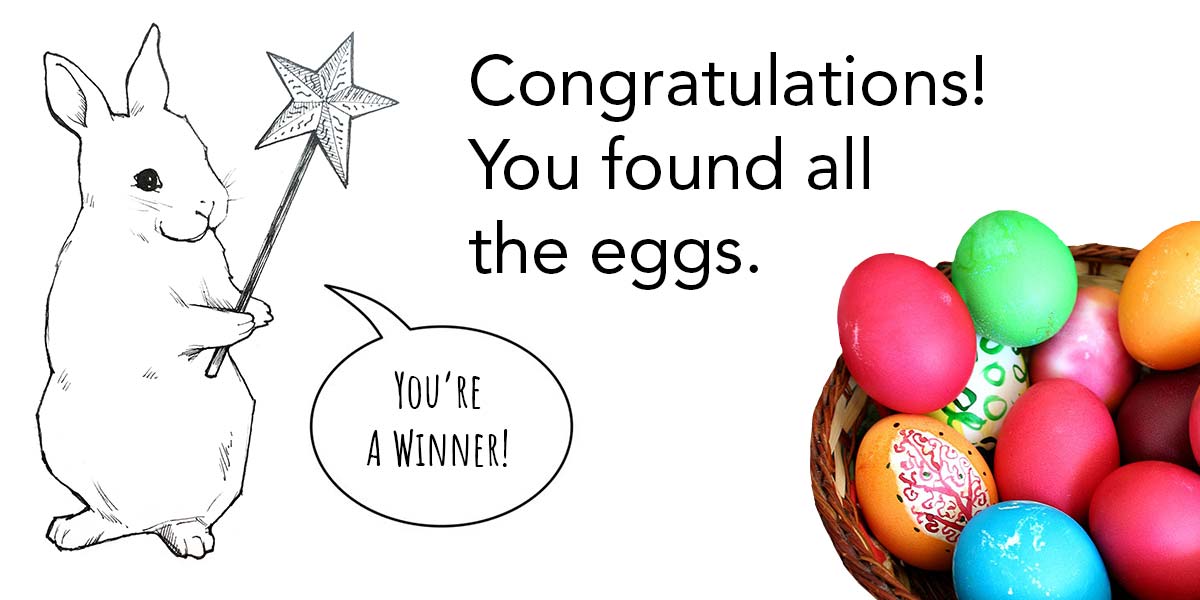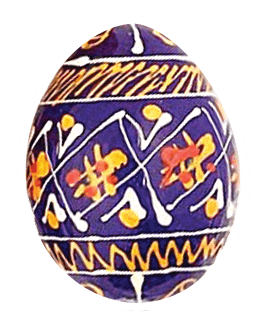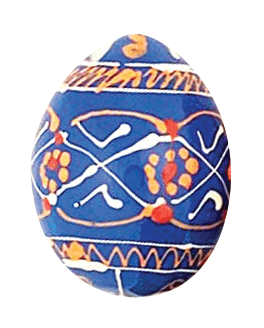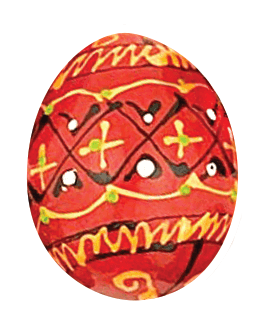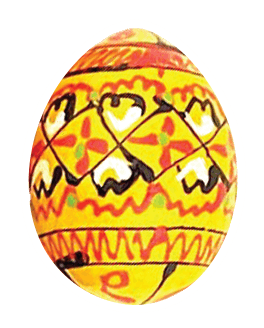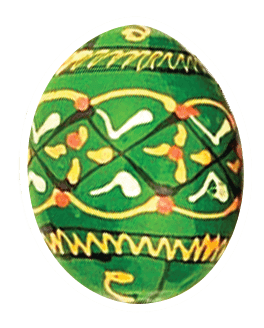While Suzanne and her husband were having a house built in Newnan, in 2002, they lived in an apartment about 13 miles away, in a town called Palmetto. It wasn’t until almost a decade later that Suzanne realized how close she’d been living to the site of a murder that would come to consume the next years of her life.
The crime had been committed in April of 1899, in a farmhouse that had since burned down and been replaced by a high school. Alfred Cranford, a well-to-do farmer and descendant of one of the area’s white settlers, was killed by a farmhand in his employ. The killer was a Black man named Tom Wilkes, who went by the name of Sam Hose.
Rather than allow the accused to be tried in the courts, a mob of local white men appointed themselves the arbiters of justice and carried out one of the most horrific lynchings in American history. In a field north of Newnan’s Courthouse Square, some 2,000 spectators gathered for the public torture and hanging of Sam Hose, including hundreds of people who had traveled by train from Atlanta to witness the event.
“There was something about it that just grabbed me,” Suzanne says. “I mean, it was like an obsession. I just couldn’t get beyond it. I couldn’t get over the fact that they would charter a train and they would advertise, ‘Y’all come down to the lynching!’”
Suzanne and her husband moved into their house in Newnan and, as she settled into the community, she joined Come to the Table, an interracial group that gathered residents to meet once a month to talk about “diversity issues.” “The purpose was unity through diversity,” she says, “and we had these little armbands – red and yellow, Black and white.” At times the group had as many as 75 people attending.
Raised as a white person, Suzanne had learned late in life that one of her grandmothers was Black but had “passed” – lived as a white person – in Jacksonville, Florida. It “was not a good place to be Black, either” she says. This fluidity, this utter randomness of birth and its imprint on the life one could lead in America, left Suzanne deeply interested in the concept of “white privilege.”
Suzanne prepared a presentation on the idea of white privilege for a Come to the Table meeting. She asked people in the group to consider how their whiteness gave them an unfair advantage in their lives, and in this country — in terms of safety, education, employment, and economics. Her talk did not go over well. “It was great as long as we would go and eat and talk about general broad topics,” Suzanne says, “but when we really got into the weeds — in terms of white privilege, for one — that’s an uncomfortable topic for white people to talk about. There are a lot of us who still don’t believe we have it.”
* * *
In 2007, the chairperson of Come to the Table announced that the group would hold a public conversation about the lynching of 1899 – the first time in local memory that the topic would be raised publicly. The group’s committee invited participants from nearby Georgia towns that had dealt with their own legacies of lynching and other racial violence, as well as the head of the Southern Truth and Reconciliation commission, an Atlanta-based group that works with communities “where a legacy of racial violence continues to impair community relations.” A notice in the local newspaper included a statement from the group’s chairman that the forum would be moderated, and that there would be ground rules for discussion. Among them: “Not debating Hose’s guilt or innocence.”
During the evening gathering, about 35 Newnan residents grappled with their reactions to this chapter in their town’s history. Some expressed gratitude that the violence was finally being acknowledged and discussed; others expressed resentment that they had never known about it, as though it had been an intentionally “hidden history.” Still others pushed back, wondering how it could be relevant to open such a wound today. Tensions at the event ran high; Suzanne was surprised that one member of the group even secured the local sheriff to be present. When it was over, the church at which the group had held their regular meetings told them they were no longer welcome.
Exposing the raw nerve of the lynching, Suzanne was realizing, was bringing to the surface a complicated and many-layered conflict that had gripped the Newnan community since the very beginning. “The Black people would talk about it,” says Suzanne, “but the white people wouldn’t. They would say, ‘It’s all behind us — let’s don’t talk about it now. It’s not important. . . .’ What I heard time and time again,” she says, “was ‘Why don’t you just leave this alone? Sam Hose was a bad man.’ But I’m not even beginning to say that he’s not a bad man. He was guilty, okay? But if we want to stand around and espouse our Christian beliefs and say, ‘Thou shalt not kill,’ that’s fine, but we did it. We did kill, and we continue to kill.
“And so I decided I was going to do something,” says Suzanne. Despite the tensions and the difficulty, she decided to work to erect a memorial in Newnan to honor Sam Hose.
* * *
This question of whether Sam Hose was a bad man or a martyr, innocent or guilty of the charges leveled against him, has long been a vortex of speculation. The lynching prevented a proper investigation and trial – destroying, along with the accused, most of the evidence related to the case. And yet it occurred during a period in American history that would continue for decades, when Black people were ritually killed on fabricated charges, and their killers would walk free from justice. So for 120 years, people have been speculating about what exactly happened in that farmhouse on that day in April of 1899. Writers have been pulling what is known through their own lenses, in many cases adapting it to their own agendas. Ida B. Wells, the African-American journalist and anti-lynching activist, and numerous other writers have posited that the farmhand had acted in self-defense, and that the charge of rape of Cranford’s wife had been fabricated. No confirmable evidence has been found to support this position.
As an itinerant worker from another county, Sam Hose left no descendants in the Newnan area. But descendants of Alfred Cranford are prominent members of the community. Their extended family includes a doctor, a county judge, a district attorney, an architect. They volunteer their time, take on civic causes; they are genuinely known to be decent, honorable people.
The Cranfords who are alive today were told that their great-grandfather was killed by Sam Hose as he ate his dinner, and that Hose then raped their great-grandmother and threw their grandfather, then a baby, to the floor, injuring his eye. Those who are old enough to remember family elders speaking of the story learned that their great-grandmother had been broken by what happened that day in 1899. She led a reclusive life thereafter and died at the age of 50. Their grandfather was, until he died, blind in one eye.
In Newnan, members of the white community were able to move on from the lynching, and decided not to discuss it. This may account for the fact that in 2019, although the matter was still being written about in the larger world, in Newnan many people had no idea that the lynching had occurred. In response to Suzanne’s trying to memorialize the event, she says that “Affluent white people felt I was being disrespectful to the Cranfords.”
* * *
Though Come to the Table’s membership started to dwindle after 2007, the group still met regularly, and Suzanne became its chairperson. In 2012, despite continued push-back from members of the community, Suzanne secured a grant from the Kellogg Foundation to hold a national conference in Newnan of grassroots organizations from all over the country that were grappling with how to heal from their histories of racial violence. Approximately 100 people participated; only about 10 were from Newnan.
In the months leading up to and then during the conference, Suzanne received threatening phone calls: voices that sounded to her like “angry rednecks” telling her that she should leave the subject alone. Plastic baggies were left in people’s driveways, containing three white stones symbolizing the Ku Klux Klan, and a notice from the Klan that it was on watch to protect the people of Newnan from what Suzanne was up to. Nonetheless, on the final day of the conference, a group marched from the Courthouse Square to the site of the lynching and delivered public remarks. A letter to the local newspaper stated: “Newnan had a reconciliation gathering last week – wonderful. Are things reconciled now? No, not really. Will they ever be? . . . Not as long as people continue to cast themselves as victims in life. Lots of folks were wronged in the past, not just one group. Can we move on?”
Since 2012, Come to the Table has disbanded, and Suzanne has moved out of town. “I have no regrets about the conference,” she says. “The conference was wonderful.” But, she says, “I will always wish we had gotten a memorial. And I will always wish that we had gotten community-wide acknowledgment — even acknowledgment — that it’s not about guilt or innocence; it’s about justice denied.”
Still, Suzanne travels to Newnan every April to lay a bouquet of flowers on the site where Sam Hose was killed. At the very least, she says, she’ll never stop doing that.
* * *
I have to admit that I, like Suzanne, have struggled to come to terms with the lynching of Sam Hose. Members of the Cranford family are related to the people who invited me to Newnan, and over the course of my time there I became acquainted with many of them. They were kind to me, generous. They invited me to dinner; they supported and encouraged my work. They even answered my questions about the lynching, even if reluctantly and sometimes with suspicion.
On a number of my trips to Newnan I was invited to stay in the home of one member of the Cranford family. On a shelf in the study where I worked stood a rectangular silver frame; it held a sepia-toned image of a young man with long fine fingers and an aquiline nose. He was seated on a wooden swing, gently holding a baby. This man was Alfred Cranford.
I have thought about him endlessly over the last several years, and have come to understand that the descendants of Cranford living today know no more than the rest of us about what happened on that day, and that they deserve to be free from the fascination of people like me. Yet I also wonder if there is a way for them to use their prominence to help heal the past. I have tried to propose some of these ideas to family members; they have listened graciously to this outsider, and thanked me for my intentions.
* * *
My project in Newnan is almost done, and with these last written words I struggle with what is left to say. I imagine myself composing a letter to a place and to people that I have grown to love, each person playing a unique role in the education of this Northerner. What remains unresolved for me on the subject of the lynching is the image in my mind of a group of characters who never seem to come up when the topic is discussed; they seem to have been systematically left out of the story.
The killing of Sam Hose occurred on a Sunday afternoon. What did it feel like to be a Black woman in Newnan on Monday morning, working in the house of a white man — knowing that he could have poured the kerosene or lit the match that started the fire that consumed a Black man the day before? And what did it feel like to be a young Black farmhand seeding the spring crops in the field of a white farmer who, just the day before, may have dismembered a body that looked just like his? How about the mother who made a warm breakfast for a son before watching him walk out the door into that dangerous, violent, and unpredictable white man’s world?
How many Mondays did it take for those feelings — fear, revulsion, hatred, anger — to abate? Was it twenty Mondays? Fifty-two? Decades’ worth? Never? I wonder about the emotional afterlife of that era of unspeakable violence, and how those emotions were compounded in the years of racial oppression that followed. How has the enforced silence, the unspoken pressure from the white community never to speak of injustices that have been committed – possibly the most powerful of all forms of white privilege – compounded those unacknowledged emotions?
I do not think it is irrelevant to ask how this lack of acknowledgement and these unaddressed emotions may still be present, affecting relationships people are trying to have with one another in Newnan – and across our entire nation – today.
